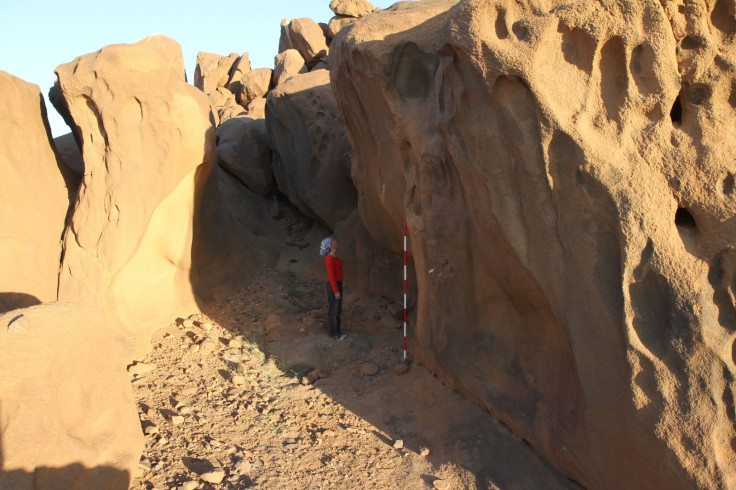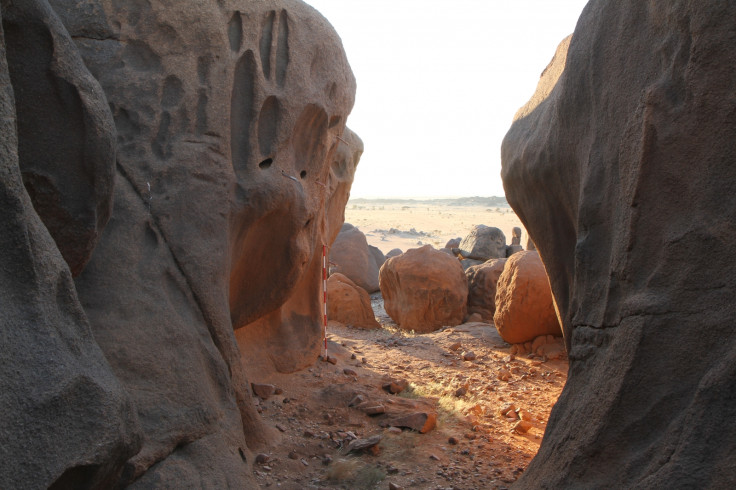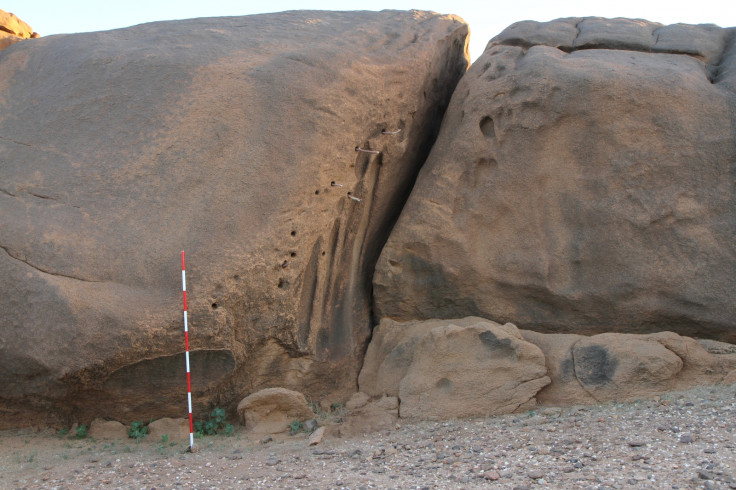Sudan: Mysterious holes drilled in rocks are remains of ancient shelters on the banks of the Nile River
Archaeologists working at the site of Sphinx have proposed a new interpretations for the holes.
Mysterious man-made holes in rocks located on the west bank of the River Nile could be the remains of an ancient extinct type of architecture created thousands of years ago, archaeologists have said.
Working at the site of Sphinx, in central Sudan, researchers have associated these strange features with wooden pole-built structures which probably served as shelters for the people living there sometime during the Mesolithic era (between 9000 and 5000 BCE), or later.
Unusual man-made features in the rocks of North Africa are often reported during rock art surveys, but archaeologists have so far devoted little attention to them.
The study now published in the journal Antiquity focuses on a series of holes found in granite rocks. Although these rocks have been affected by natural processes over the years, these particular holes stand out.
"These holes are clearly man-made as their regular shapes and diameters suggest, they are different from natural features that appear with the weathering of the rocks. One of the first questions we get when we present the paper is how these holes were drilled," one of the study's authors, Lenka Varadzinová, a researcher at the Czech Institute of Egyptology, told IBTimes UK.
"Metal was probably not involved in the process as we find no traces of it. We can't be sure of the method used to create the holes, but what is certain is that it would have been a hell of a job, a long term investment done over a long period of time with the intention of being fixed to the place"
Experimental reconstruction
The archaeologists describe the holes saying they have a regular cylindrical shape with visibly smooth sides, a diameter of between 40 and 50 mm, and a pointed end. They are positioned at a height of about 1.3 to 3.2 metres above the present-day ground surface.
While these holes could be sign of ancient rituals associated with magic and spirituality, no firm evidence backs this up. Instead, the archaeologists believe that they were made to fulfill a more practical function. In the paper, they investigate this hypothesis further.

During the 2015 excavation season, the archaeologists obtained detailed measurements of the holes. Along with photogrammetry, 3D models and photographs, these measurements were used to carefully document the holes and the rock walls.
The team then used the data to come up with a hypothetical reconstruction of two structures which would have been firmly anchored to the rocks and supported by pliable wooden poles made of branches or roots - one end of which was inserted into the holes in the rock.
In this model, the holes, painstakingly drilled over a long period of time, form the basis for the construction of huts anchored to the rocks, where ancient people would have lived.

"There is no certainty in archaeology, we just present a hypothesis of what the structures might have looked like. The hypothesis is based on scientific reconstruction, which is based on all the data recorded at the site," Varadzinová explained.
"These ancient people had to live somehow, and since there are so few architectural remains from the past in the North East of Africa, these holes constitute another type of finds that, we believe, one can associate with them.
"These shelters would have been anchored to the rocks for solidity and to keep them in the shade throughout all day, but also because there wasn't that much space at the settlement platform set in the rocky landscape, and otherwise putting a hut in the middle of it would have left little space for other activities."

Just like dating rock art often proves difficult, linking these holes to a precise time period is challenging. Archaeologists have to rely on finds of artefacts that have previously been made in the area. At the site of Sphinx, most artefacts date back to the Khartoum Mesolithic era (c.9000–5000BC) although a couple of objects date back to later periods - the Meroitic (c. 300 BCE– 350 CE) or Post-Meroitic (c. 350–550 CE) and Funj (c. 1500–1800 CE) periods.
Since the authors cannot say for certain which of these time periods the holes relate to, little can be said about the culture of the people who created them. But whether they were early hunter-gatherers and later pastoralists, they would have found refuge in pole-built structures similar to the ones modelled in the paper, light and practical for a nomadic or semi-nomadic lifestyle.
© Copyright IBTimes 2024. All rights reserved.























